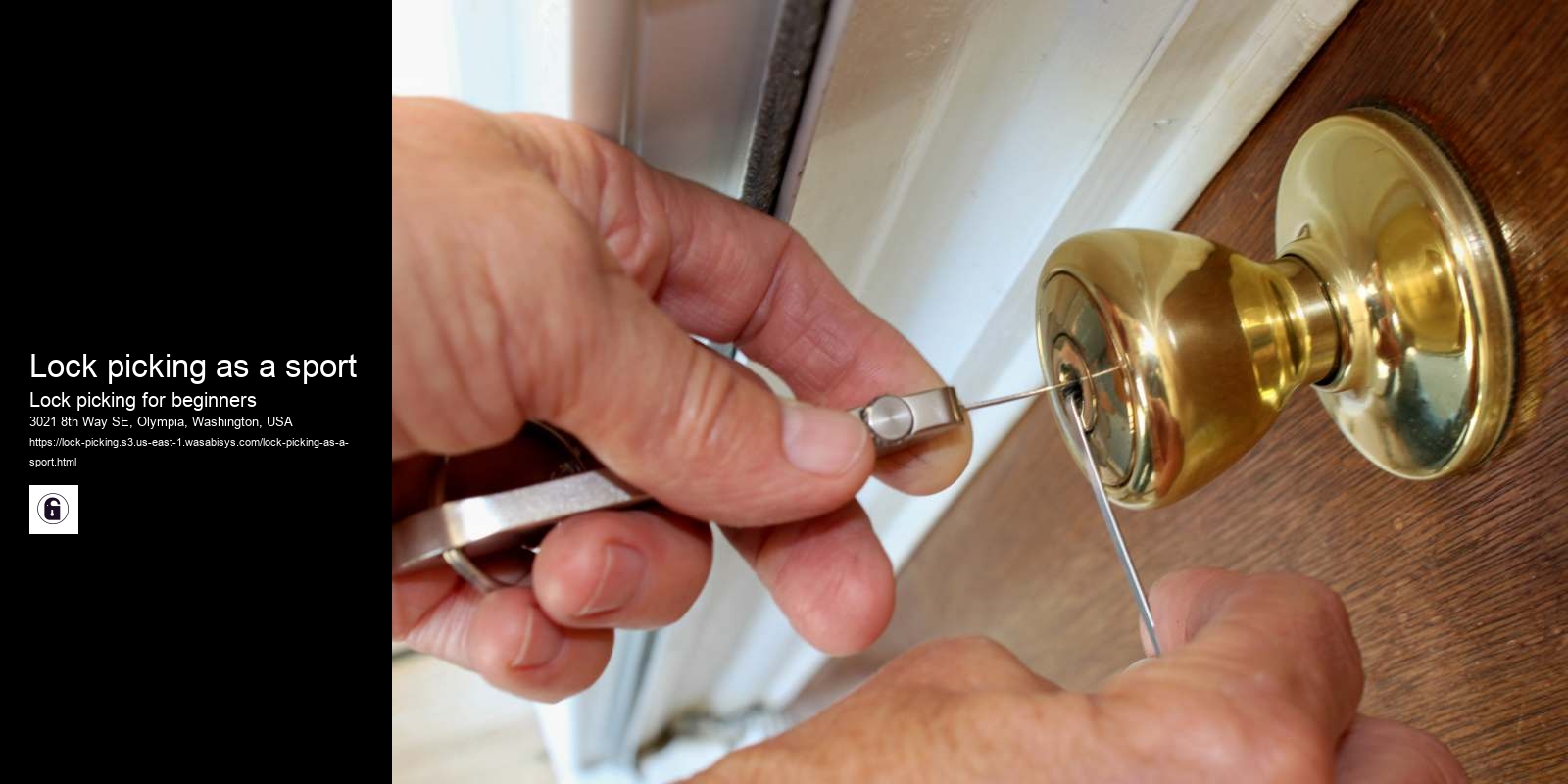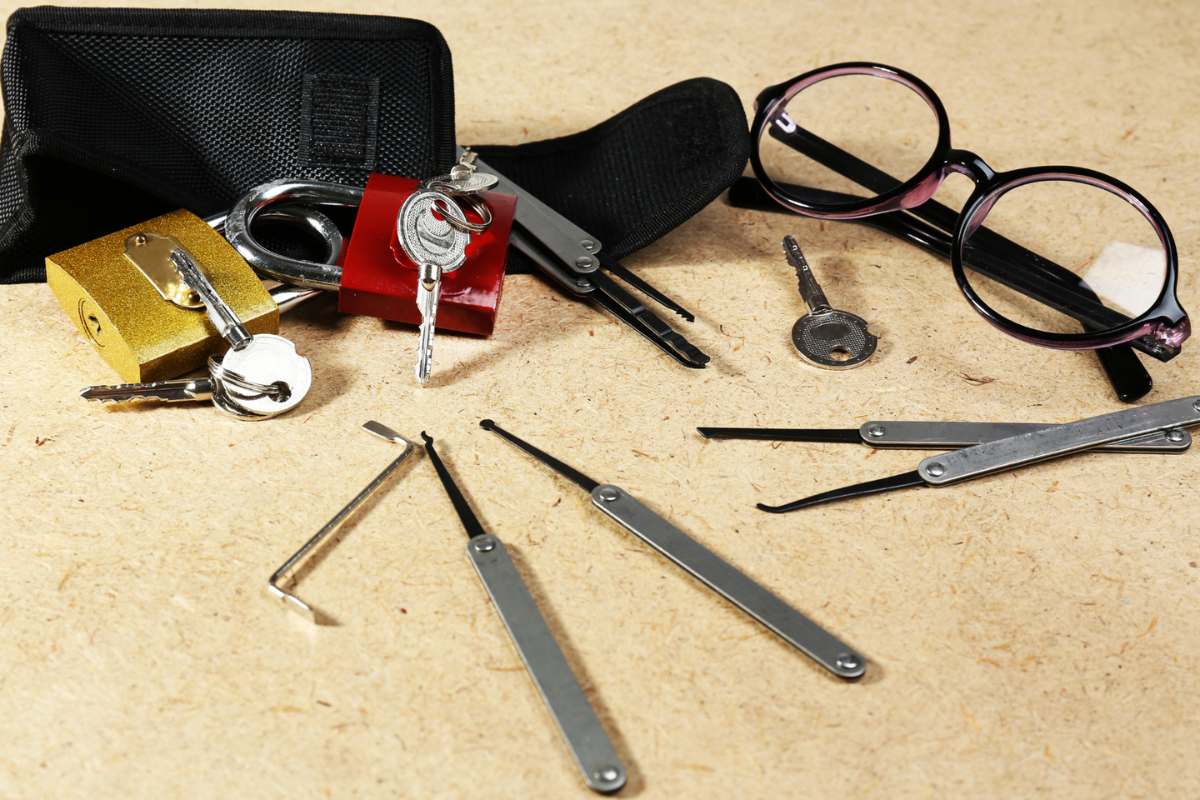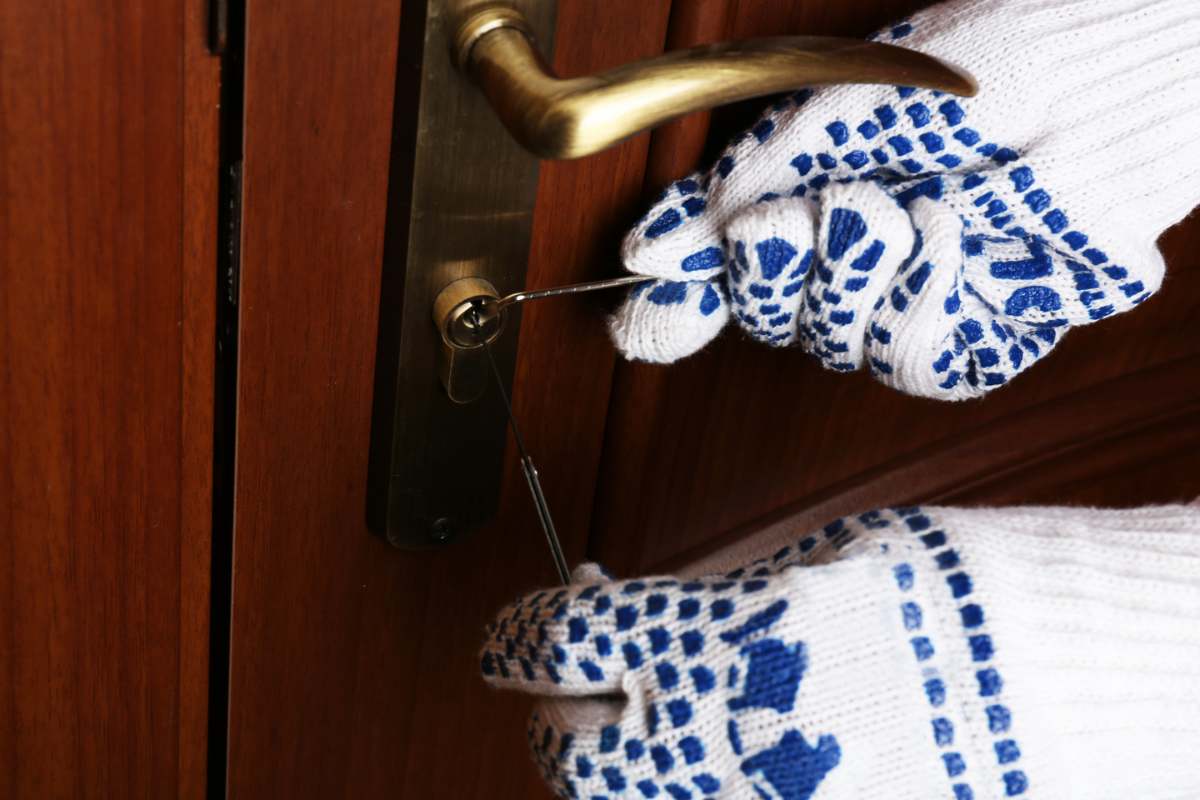How does a decoder work?
To get started with lockpicking, you will need to invest in some basic tools such as picks and tension wrenches, as well as practice locks or old locks that you do not mind damaging. There are many online tutorials and instructional videos that can guide you through the basics of lockpicking, and joining a local lockpicking group or forum can also be a helpful way to connect with other enthusiasts and learn from their experiences.
It is important to approach lockpicking with a mindset of curiosity and respect, and to always prioritize safety and legality. Lockpicking is a fascinating and rewarding skill to learn, but it should be done with care and responsibility.
If you are a beginner learning lockpicking, here are some tips to help you get started:


